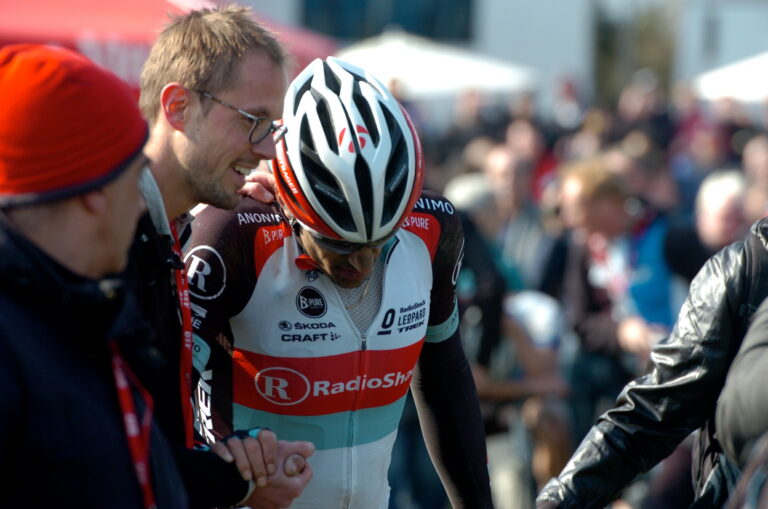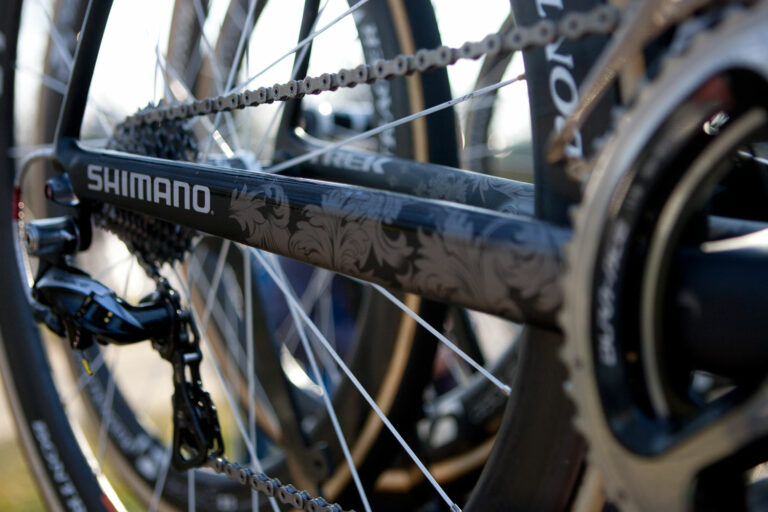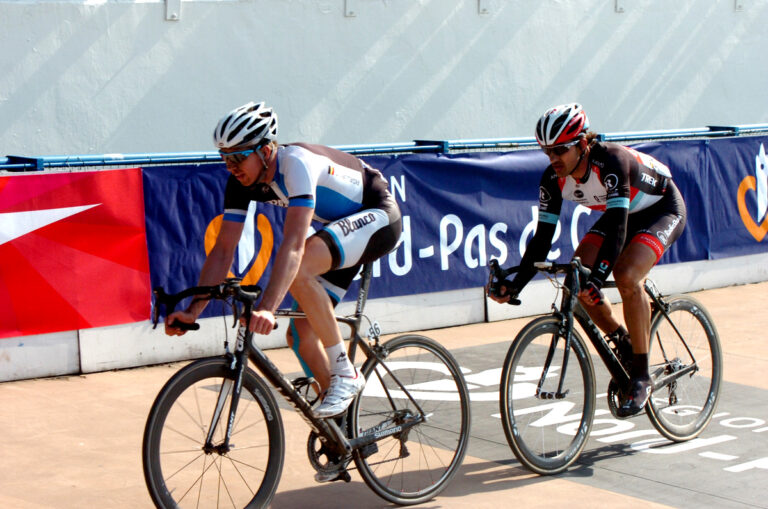Thousands of riders will tackle the Paris-Roubaix Challenge this Saturday, a sportive based on the route of the Queen of the Classics. Among them will be Stu King, a member of Cervelo’s UK sales team, and a friend of RCUK.
As a youngster, alongside the supercar posters on my wall, there were always images of a muddy Sean Kelly in the Spring Classics.
My first racing jersey was an exceedingly itchy Skil team replica, received when I was about 11-years-old. This was the garment I was wearing when I had my first proper crash as I daydreamed about sprinting against my Irish hero.

Nowadays, I can relive my youthful dreams on a greater stage. Many of the bigger races have their own sportive: l’Etape, the Ronde, and many more. I’ve had the chance to do ride the Tour of Flanders sportive on two occasions now, and have relished the experience. I may have been a little slow-motion compared to the professionals racing the following day, but, speed aside, I felt just like my heroes.
This year, our group of riding pals will take on the Paris-Roubaix Challenge. For me, the race has always lived up to its title, the Queen of the Classics.
Often held in grim conditions, and with crashes galore, the goal of entering the Roubaix velodrome having survived the fearsome cobbles is, understandably, enough for most. Those able to triumph in such a brutal environment (including my man Kelly, on two occasions) are a breed apart.
Each year, I devour articles on how pro mechanics tweak their riders’ machines to combat the conditions. Many of us won’t have the luxury of different bikes for different events, so it’s a case of making small changes to your bike to help you in the Hell of the North. No lesser authority than Sir Dave B tells us it’s all about ‘marginal gains’, and let’s face it, he knows a thing or two about winning bike races.
I’ll be aboard my trusty Cervelo S2, perhaps not an ideal bike for cobbles, but I’m hoping a series of small changes will help me.
Wheels are surely the key to successfully tackling the cobbled sections. For me, it will be all about enjoying the event, stretching the legs if possible, but crucially doing what I can to prevent punctures and mechanicals. I always used to race on tubulars and still convince myself of their ‘superior’ feel. There’s also the advantage of increased resilience to punctures (author touches wood quickly). The Paris-Roubaix Challenge is a sportive, not a race, despite the hoards of competitive types who will doubtless descend upon it.

I’ve plumped for a Continental Competition tub in its 25mm flavour – a little extra width will certainly help, as will a squirt of Revo sealant inside. If asked to call upon my limited experience of riding cobbles for advice on tyres, I would recommend fitting a wider tyre than usual to provide some cushioning on the rougher surface. Always check for frame clearance, however. Many pros use a 27mm tub, but these may be used in tandem with a custom frame.
Another of my abiding memories of Flemish cobbles is the detritus that you see as soon as us ‘sportivists’ hit the rough. You are soon dodging bottles, cages, seatpacks etc. I tend to use a more traditional metal bottle cage like the Elite Ciussi Gel to help keep your drinks in place. Yes, there are feed stations en route, but a secure bottle cage is a must.
The extra layer of bar tape is another common tweak, certainly on the tops of the bars, but essentially in your preferred position Adding gel padding to try and alleviate the extra vibration caused by the agricultural surface is perhaps also worth the investment.
Although I’ve ridden Flanders twice now, everything I’ve read suggests that the cobbles that pave the route to Roubaix will be bigger and harder to ride, so a little extra bike prep can help me to feel like Kelly. I recently found my Skil jersey, but getting inside it for my own l’enfer du Nord maybe a greater Paris-Roubaix challenge.






